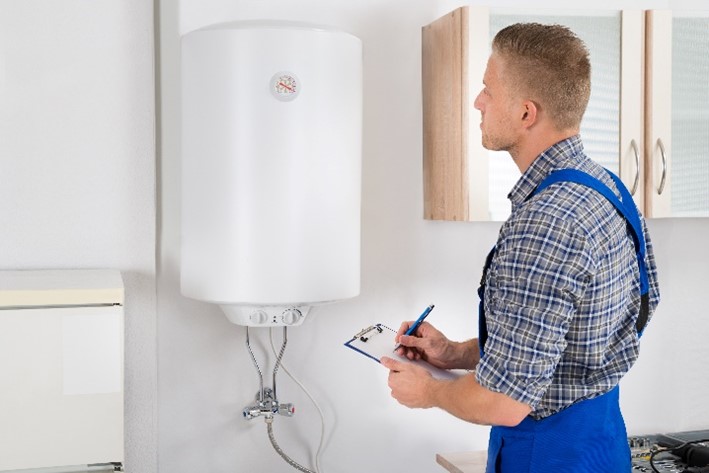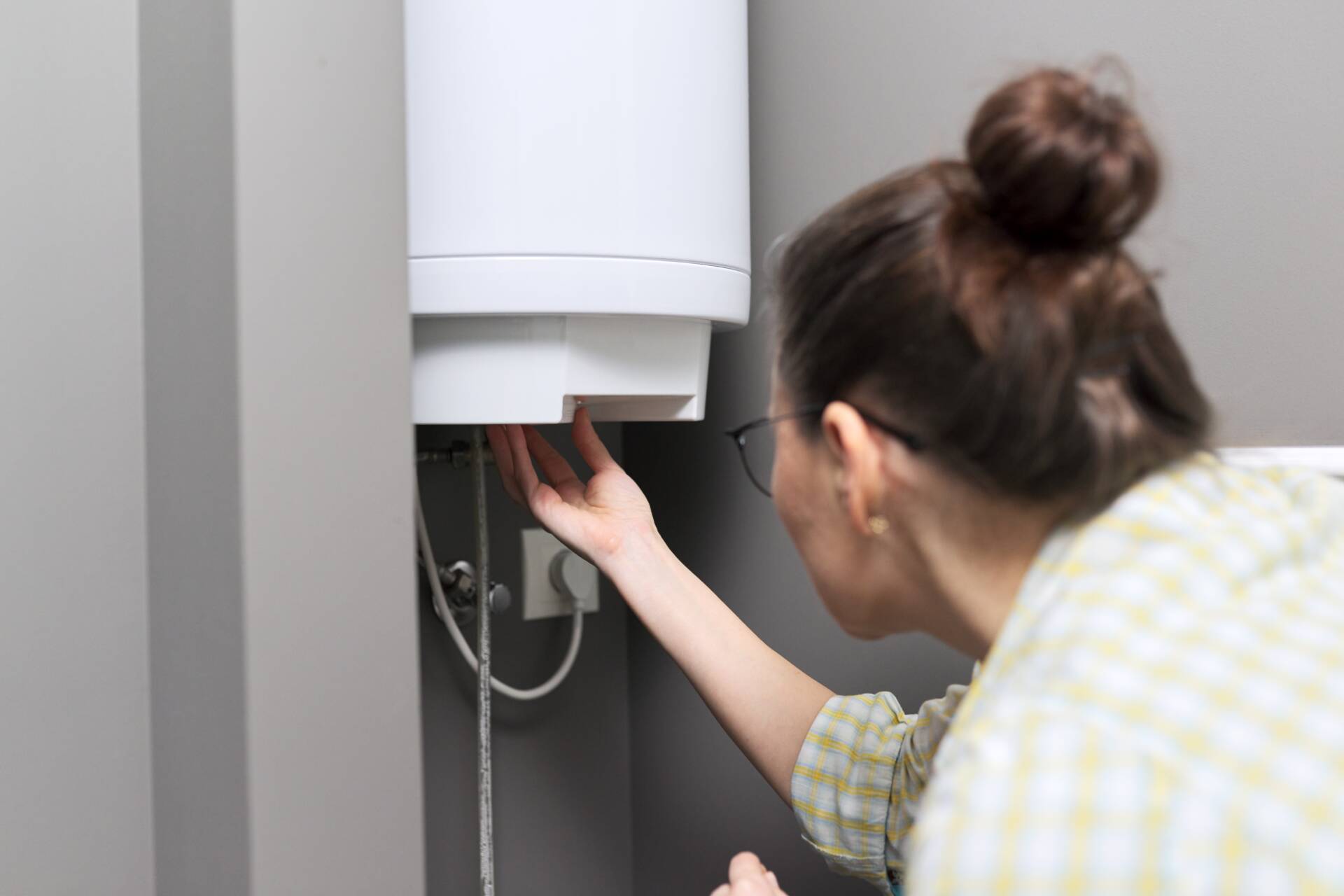Are you looking for help and advice involving Tips on Maintaining a Water Heater?

Warm water is vital for day-to-day comfort, whether it's for a refreshing shower or cleaning dishes. To ensure your warm water system runs efficiently and lasts much longer, normal maintenance is crucial. This post provides practical suggestions and understandings on how to preserve your home's warm water system to avoid interruptions and expensive fixings.
Introduction
Preserving your home's warm water system may appear challenging, however with a couple of simple steps, you can ensure it runs efficiently for years to find. This overview covers every little thing from understanding your warm water system to DIY maintenance pointers and understanding when to contact expert assistance.
Value of Preserving Your Hot Water System
Routine upkeep not just expands the life expectancy of your warm water system yet also ensures it operates effectively. Ignoring upkeep can lead to lowered performance, greater power expenses, and even premature failure of the system.
Signs Your Warm Water System Requirements Upkeep
Understanding when your hot water system needs attention can protect against significant concerns. Watch out for signs such as irregular water temperature, strange noises from the heating system, or corroded water.
Purging the Hot Water Heater
Purging your water heater removes debris accumulation, enhancing efficiency and prolonging its life.
Monitoring and Changing Anode Rods
Anode rods avoid deterioration inside the storage tank. Evaluating and changing them when worn is essential.
Complex Concerns Needing Professional Help
Examples include major leakages, electric issues, or if your water heater is continually underperforming.
Regular Professional Upkeep Advantages
Professional maintenance can include thorough inspections, tune-ups, and making sure conformity with security standards.
Inspecting and Changing Temperature Settings
Readjusting the temperature level settings guarantees optimal efficiency and security.
DIY Tips for Upkeep
You can carry out several upkeep jobs yourself to keep your warm water system in top condition.
Looking for Leaks
Regularly check pipes and links for leakages, as these can result in water damage and greater expenses.
Comprehending Your Hot Water System
Prior to diving right into maintenance jobs, it's practical to understand the standard parts of your warm water system. Normally, this includes the hot water heater itself, pipelines, anode rods, and temperature level controls.
Regular Monthly Upkeep Tasks
Routine month-to-month checks can help catch small problems prior to they intensify.
Testing Stress Relief Valves
Examining the stress relief valve guarantees it functions properly and protects against excessive stress build-up.
Insulating Pipelines
Shielding hot water pipes minimizes warm loss and can save power.
When to Call a Professional
While do it yourself maintenance is helpful, some issues need professional know-how.
Verdict
Regular upkeep of your home's warm water system is important for effectiveness, long life, and cost savings. By complying with these pointers and knowing when to seek expert aid, you can guarantee a reputable supply of warm water without unexpected disruptions.
Water Heater Maintenance Tips
Test the TPR Valve
Shut off the power and the cold-water supply valve. Place a bucket under the pipe connected to the temperature-pressure-release (TPR) valve on the top or side of the tank. (This valve opens if the tank pressure gets too high.) Lift the valve’s tab to let some water out, then let go. If water keeps flowing, drain the tank partway, unscrew the old valve with a pipe wrench, and install a new one. Check the Anode Rod
Put a hose to the tank’s drain cock and let out a few gallons of water. Now fit a 1 1/16-inch socket onto the rod’s hex head on top of the heater (or under its top plate) and unscrew the rod. If it’s less than ½ inch thick or coated with calcium, buy a new one, wrap its threads with Teflon tape, put it back in the tank, and tighten securely. Use this segmented rod if headroom above the tank is limited. Drain the Tank and Wash Out Sediment
Drain the remaining water in the tank into the bucket, then stir up the sediment on the tank’s bottom by briefly opening the cold-water supply valve. Drain and repeat until clean water comes out of the hose. Close the drain cock, refill the tank, and turn its power back on. Adjust the Temperature
Find the temperature dial on the side of the tank and unscrew its cover. Adjust the dial to 120 degrees using a flathead screwdriver. For every 10 degrees the temperature is lowered, you can expect to save up to 5 percent in energy costs. Turn the water heater off or the thermostat down to its lowest setting if you plan to be away from home for more than three days. Insulate the Pipes
Buy some self-sticking 3/8-inch-thick foam pipe insulation that matches the pipes’ diameter. Slide the foam over the hot-and cold-water pipes as far as you can reach. Insulating the cold-water pipe prevents condensation in summer. Peel the tape and squeeze the insulation closed. If the pipe is 6 inches or less from the flue, cover it with 1-inch-thick unfaced fiberglass pipe wrap. https://www.thisoldhouse.com/plumbing/21016402/how-to-maintain-a-water-heater

Hopefully you enjoyed our section on How to Maintain Your Water Heater & Prolong its Life. Thanks so much for taking time to browse our blog. Sharing is nice. Who knows, you may be helping someone out. I treasure reading our article about How to Maintain Your Water Heater & Prolong its Life.
Book Maintenance